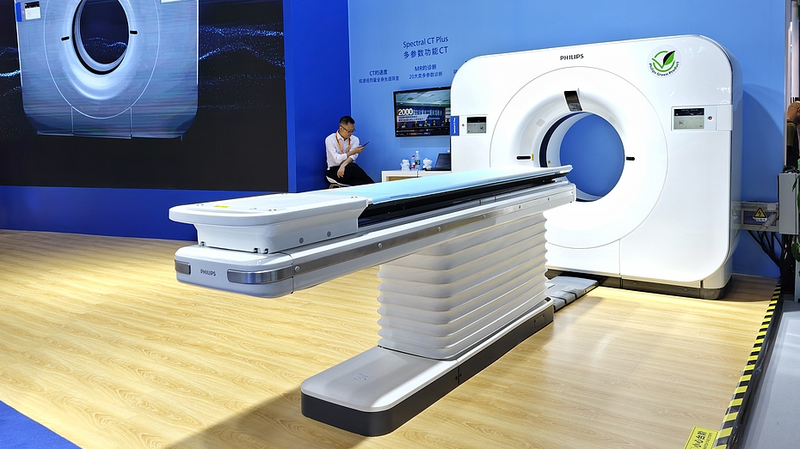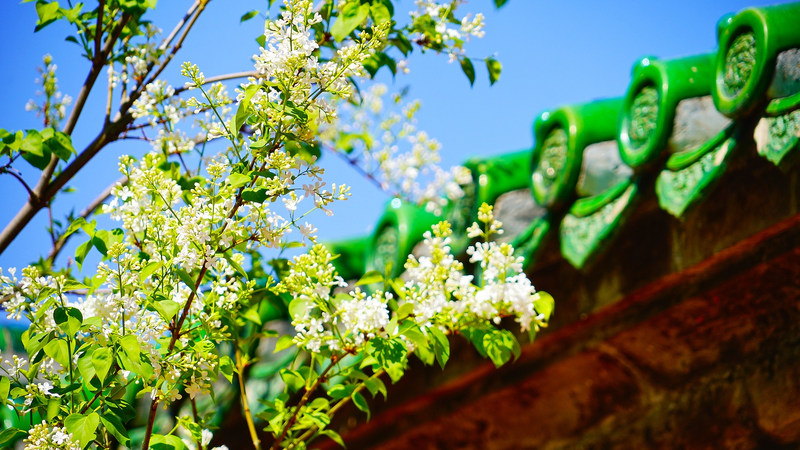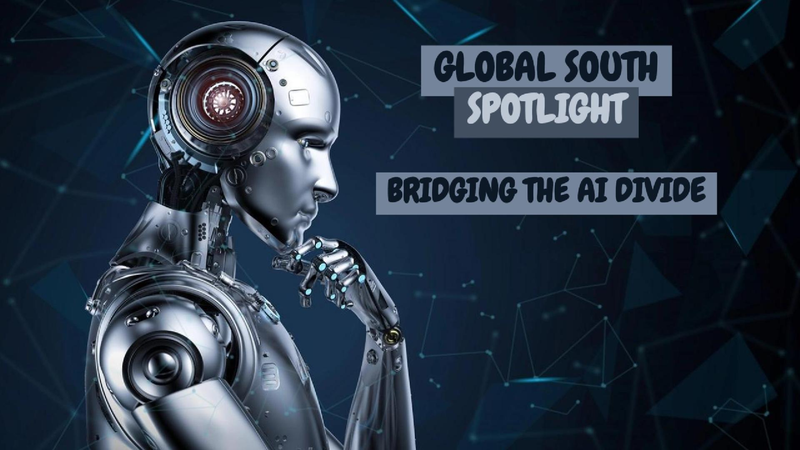TikTok has announced plans to label images and videos generated by artificial intelligence (AI) on its platform using a digital watermark technology called Content Credentials.
This move comes amid growing concerns that AI-generated content could be misused to interfere with upcoming U.S. elections. TikTok had previously committed to fighting such misuse, joining a group of 20 tech companies in an accord earlier this year.
Initially, TikTok labeled AI-generated content created within its app, but the latest policy expansion will apply to AI-generated media from external sources as well. Adam Presser, TikTok’s head of operations and trust and safety, stated that realistic AI-generated content not properly labeled would be removed in accordance with community guidelines.
The Content Credentials technology, developed by the Coalition for Content Provenance and Authenticity—which includes partners like Adobe and Microsoft—allows metadata to be attached to content, enabling platforms like TikTok to automatically recognize and label AI-generated media. This technology is already used by OpenAI, YouTube, and Meta Platforms.
TikTok is the first video-sharing platform to implement Content Credentials and has pledged to support the Adobe-led Content Authenticity Initiative to promote industry-wide adoption. Dana Rao, Adobe's executive vice president, highlighted TikTok's role in fostering transparency online, especially with its 170 million users in the United States.
The system relies on both AI tool makers and content-distribution platforms agreeing to industry standards. For example, images generated by OpenAI's DALL-E receive watermarks and metadata that TikTok can detect and label automatically.
TikTok, owned by ByteDance, faces legal challenges in the U.S. where a recent law requires ByteDance to divest TikTok or face a ban. TikTok and ByteDance have filed a lawsuit to block the law, arguing it violates the First Amendment.
Reference(s):
TikTok to label AI-generated content from OpenAI and elsewhere
cgtn.com




